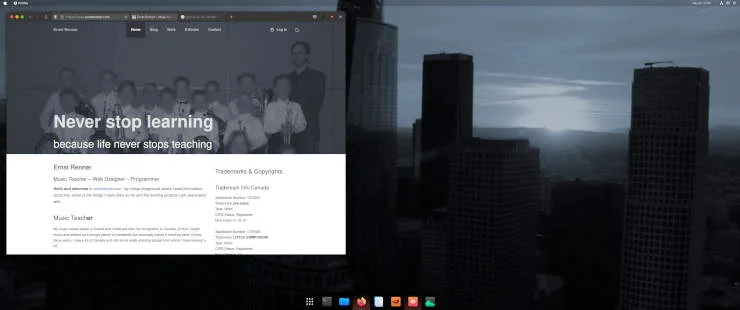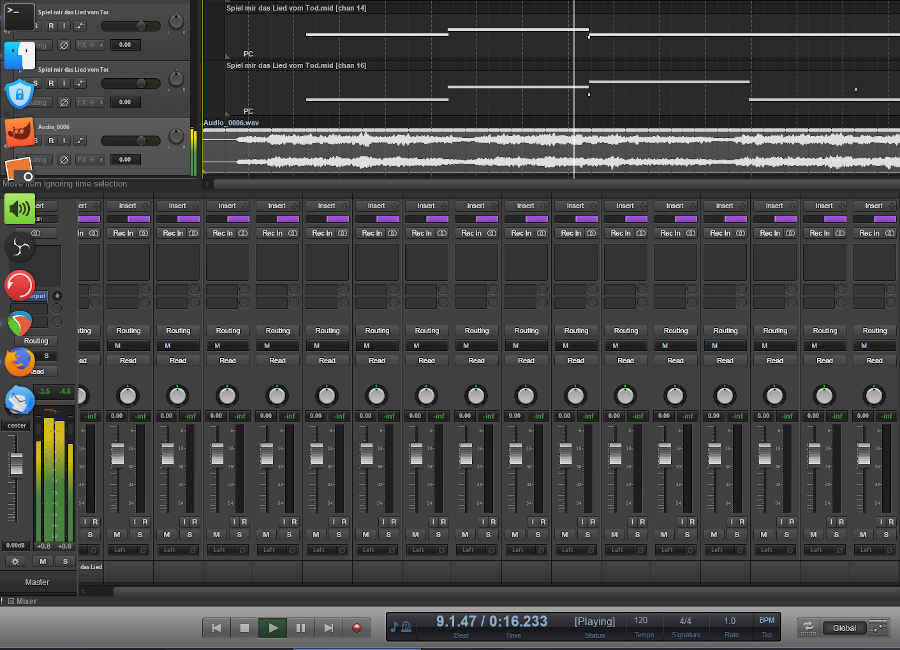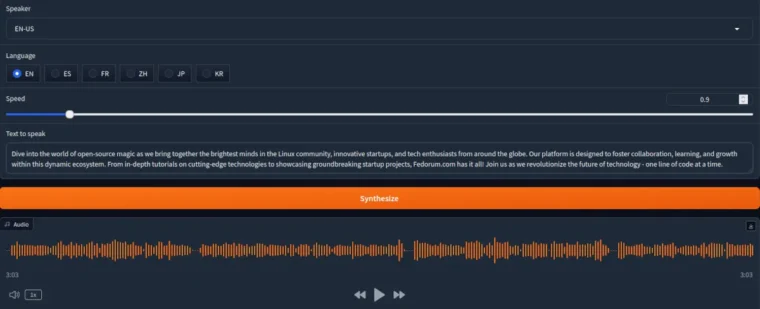Updated on October 19, 2024
Several years ago, I used Arch Linux on my MSI laptop because it was the optimal choice for that system. Since then, I’ve experimented with various distributions, including Fedora and openSUSE. However, for the past year, I’ve been using Manjaro GNOME Minimal Edition, especially as my work increasingly involves AI-powered solutions.
Why Manjaro GNOME Minimal Edition?
For artists creating graphics and music, Manjaro GNOME Minimal Edition stands out as an excellent choice. This isn’t just a fleeting impression; I’ve tested it extensively on multiple machines. While I appreciate the benefits of Linux, I’m not a fanboy—I choose my tools based on their effectiveness for my work.
I’ve been a Linux user since 1999, and while I dabbled in it off and on, my shift to OS X in late 2009 delayed my full transition. The iMac was a reliable workhorse, but as I was ready to replace my workstation, I opted for a Dell Inspiron 5680 and installed Manjaro right away. The user-friendly interface, combined with the power of Arch under the hood, makes it a fantastic environment for artists.
Which is the Best Linux Distribution for Artists and Musicians?
To determine the best Linux distribution for my needs, I explored about ten popular options from Distrowatch. After all, when a particular distro garners a strong following, there’s usually a good reason. Unfortunately, many of the distributions I tested either struggled with my hardware or lacked up-to-date software packages. Some would recognize my external monitor, while others wouldn’t, and I quickly realized I didn’t have the time to tweak settings endlessly.
Eventually, I stumbled upon Manjaro GNOME Minimal Edition, which I discovered through a YouTube video about setting up local file sharing. This distro has proven to be user-friendly and efficient for my artistic needs.

About Manjaro GNOME Minimal Edition
Manjaro GNOME Minimal Edition is built on the robust Arch Linux foundation, and it offers an impressive combination of stability and cutting-edge software. The community surrounding it is active and helpful, making it easier to find solutions and support.
In my experience, a great Linux distro needs both quality code and reliable support, and Manjaro delivers on both fronts. The user-friendly interface allows me to focus on my work rather than troubleshooting.
Embracing Creativity with Linux
Computers have become incredible tools for creativity, and the software landscape has evolved dramatically. Linux’s open-source approach means that not only can programs be downloaded for free, but the source code is also available for modification. This fosters a community of developers who share tweaks and enhancements, continually improving the software experience.
My Creative Work
I focus on web design, 3D modeling, and audio recording. Over the last five years, web design has transformed significantly, with many sites now built on WordPress or modern frameworks like Bootstrap. While web design can be done on any platform, I prefer Linux for its seamless integration.
HTML-driven sites can be edited directly on the server, and powerful code editors like Atom and Sublime Text make working with HTML, CSS, PHP, and JavaScript a breeze. Unlike Windows and macOS, Linux doesn’t require a separate FTP client; I can mount remote shares directly in my file browser. This accessibility makes managing my web projects as simple as working with files on an external hard drive.
Graphics Design and Music Production on Manjaro GNOME Minimal Edition
Graphics Design Tools
For graphics design, I rely on several powerful applications:
- Blender
- GIMP
- Krita
- G’Mic (plugin)
- OBS
- Shotcut
Blender has evolved from a niche application to a leading 3D software, offering comprehensive tools for modeling, texturing, lighting, and editing—all for free. This makes it the go-to choice for 3D work on Linux, eliminating the need for expensive alternatives.
GIMP serves as a robust photo editing tool, especially for quickly resizing and exporting web images. Krita complements GIMP and is particularly effective with my Wacom graphics tablet. Both applications support various plugins, with G’MIC being my favorite for efficient image tweaks.
I also use OBS for screen capture, which performs exceptionally well on Linux, delivering impressive frame rates on my hardware.

Music Production Essentials
In music production, I rely on:
- Jack2
- Reaper
- Audacity
- VSTi plugins
Reaper is my DAW of choice and is becoming a leading option for small to medium studios. I’ve explored various limited editions of industry-standard software, but they often come with restrictions that don’t suit my needs.
Connecting my Yamaha Genos keyboard to Reaper can be complex, but the results are stunning when done right.
Reaper’s Aesthetic Appeal
Aesthetics matter to me, and Reaper delivers with its customizable skins. This visual appeal enhances my creativity and encourages me to dive deeper into its features.

Conclusion
While any Linux distribution can run similar software, Manjaro GNOME Minimal Edition stands out for its speed, stability, and excellent hardware support. My setup includes a Dell workstation with an Nvidia 1070, dual 4K monitors, and a Wacom tablet, all of which integrate seamlessly with Manjaro.
If you’re considering a switch to Linux, I highly recommend trying Manjaro GNOME Minimal Edition. After testing numerous distros, I’ve found it to be the best fit for my creative needs, offering a polished and efficient experience that enhances my productivity as an artist and musician.


I found this guide useful, thanks!